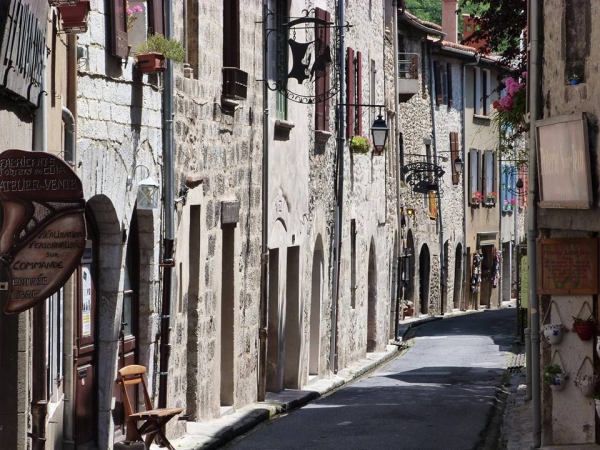Human Scale
Text: Imre Körmendy – Orsolya Zsovák

Villefranche du Conflent. Photo: Judit G. Korompay
Having a look at the 20th century and our age, we realize we are living our lives fascinated by large scales and dimensions. Totalitarian societies have been trying to solve every problem within a comprehensive social framework with the result that institutions and the buildings meant to serve them have been physically growing. Economic organisations outgrowing the countries follow a logic which is strikingly similar to this one. In families we experience that children tend to look for places proportionate to their own scales – they build such and feel genuinely fine there. In an oversized space – e.g. in a shopping mall – kids tend to be overactive and move too much. A significant number of adults also yearn for a certain degree of protection. Wide open spaces trigger in many of us the symptoms of agoraphobia. Our desire to enjoy safety and human scale is reflected in our joy and love of narrow streets, small urban plazas, our preference for houses of fewer apartments, the frequency of our visits to more intimate restaurants. Small things actually us in almost every field of our lives. Human beings keep looking for smaller intimate communities. This article refers to 20th-century architects, landscape designers and thinkers who engaged in the relationship between locations and people, the psychological aspects of urban architecture with an emphasis on the fact that genuinely fine places bear close relations with scales. The aim of this piece of writing is to remind us of an approach and values different from those prevailing in public thinking, the necessity of a world defined by human dimensions.



